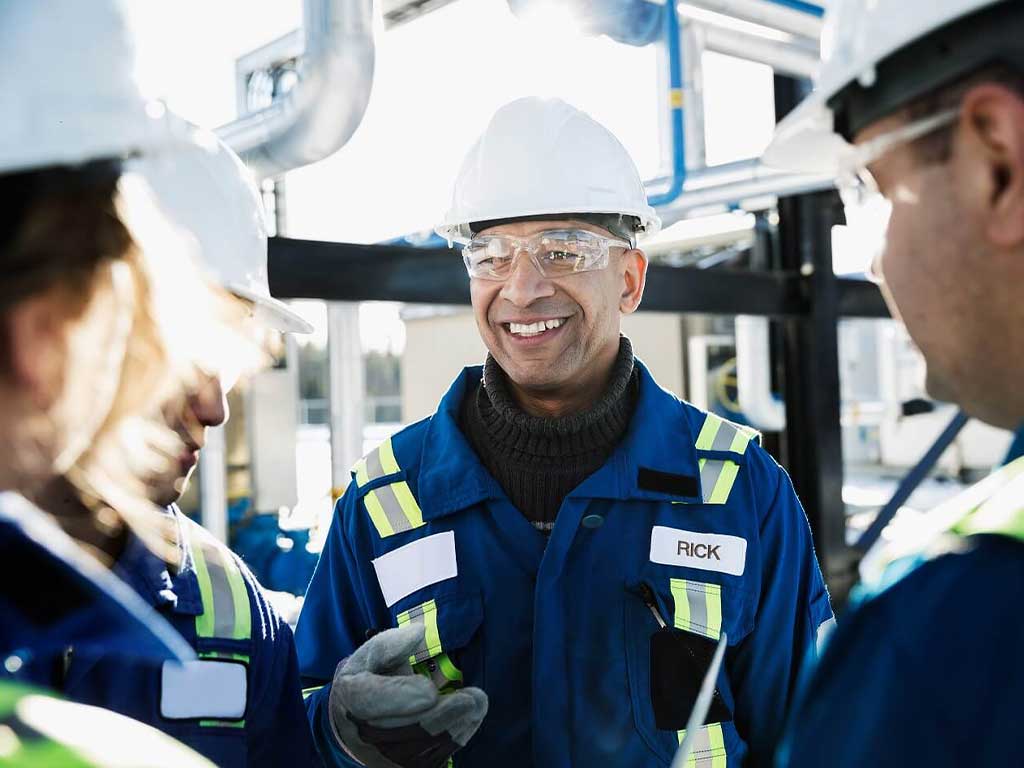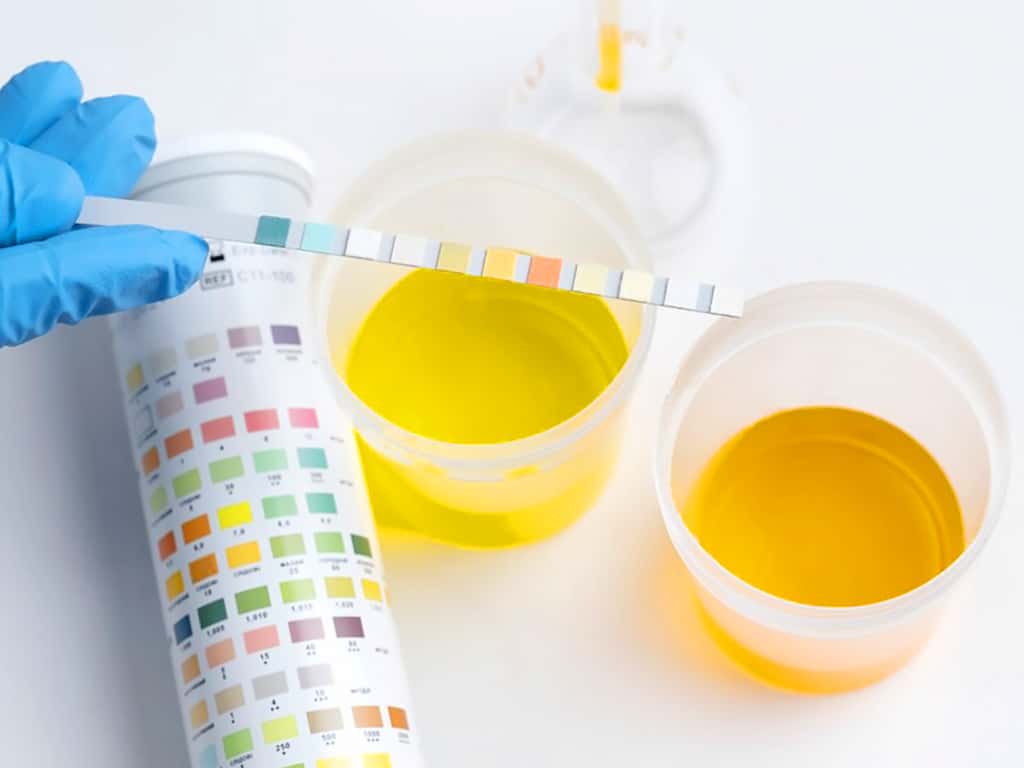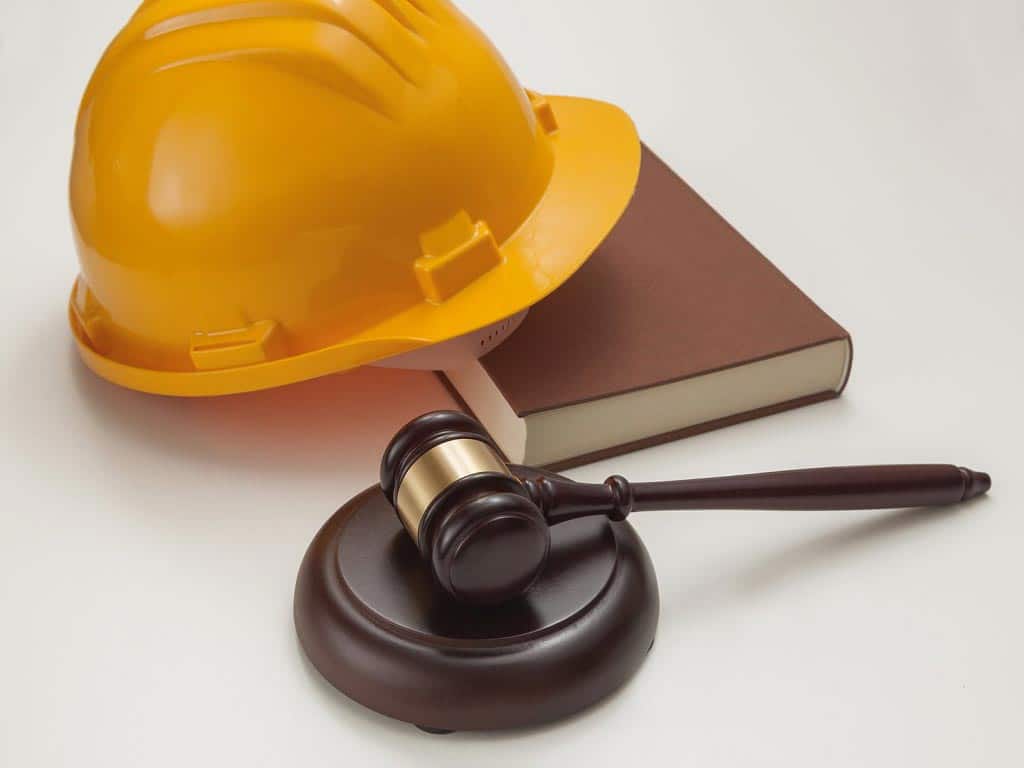Employment Alcohol Screening Test: Types of Tests & Legal Considerations
05 April, 2024

Substance abuse is a prevalent issue that also affects the workplace. As such, employment alcohol screening tests have become more common to reduce the risks of accidents and ensure workplace safety. Many types of tests are available for companies to use. These include urine tests, saliva tests, blood tests, hair tests, and breath alcohol tests. However, they must also comply with applicable legislation, which includes protecting the privacy of their employees.
Alcohol impairment can cause several effects, such as erratic behaviours, loss of coordination, slower reaction times, and confusion. This can lead to severe accidents, particularly if the employee occupies a safety-sensitive position. To minimise risks, Australian companies develop and implement alcohol management policies. This serves as the guidelines for alcohol use of employees, including the expected behaviours, testing methods, and repercussions for violations. This article will present information on alcohol tests, the different types, and legal considerations.
Overview of Employment Alcohol Screening Test
An employment alcohol screening test is a method companies use to identify the presence of alcohol in the systems of their employees. It is typically part of a comprehensive alcohol policy that seeks to regulate the use of the substance within company premises and business hours. These are often done in businesses in high-risk industries, such as mining, transportation, construction, and manufacturing.
Screening tests use body samples to trace ethanol or its metabolites. The typical procedure starts with the collection of the samples. Afterwards, they may use an alcohol test kit or device to analyse them. This method can produce results within minutes. Alternatively, they may send the samples to an accredited laboratory for analysis. It may take a few days for the report to arrive.
The results can range from negative, non-negative, and positive. Negative means that no traces of alcohol were found in the biological samples. Meanwhile, a non-negative stems from an initial screening that detects amounts of alcohol exceeding the cut-off level, usually using a testing kit. Lastly, only laboratories can declare a positive result. This can be definitive since it is generally from a confirmatory test.
Importance of Testing in the Workplace
- Testing identifies individuals who are under the influence of alcohol while doing their jobs.
- It is particularly crucial for preventing accidents. This is typically from impairments due to intoxication, such as slower reaction times, loss of coordination, and erratic behaviours.
- Workplace alcohol screening is also helpful for deterring alcohol abuse since workers know they may face disciplinary actions for breaking the policy.
- It also enables companies to fulfil their legal obligations and protect the company from litigation.
- Testing can also provide an early intervention for those with substance abuse disorders. This can help them gain access to resources for treatment.

Types of Employment Alcohol Screening Tests
There are several types of employment alcohol screening tests that employers can choose from. Firstly, urine testing is considered the standard method for workplace alcohol screening. It uses urine samples to identify alcohol consumption for up to 80 hours. It is also useful for tracing a wide range of drug metabolites.
Secondly, saliva testing is a non-invasive method for identifying liquor intake. It has a short alcohol detection window of 12 hours, which helps ascertain recent use. Thirdly, breath alcohol testing uses breath alcohol equipment to measure Blood Alcohol Concentration (BAC) levels. Breathalysers can trace ethanol for up to 24 hours after intake. It is also the method police officers use to identify drink drivers.
Blood screens are another option for companies conducting workplace alcohol testing programs. Using blood samples has a high level of accuracy, making it also ideal for laboratory confirmatory testing. Lastly, hair alcohol testing has a detection period of up to 90 days. This helps confirm the presence or absence of alcohol in the system over long periods to prove abstinence or lack thereof.
What is the Most Common for Workplace Testing?
Alcohol breath testing is the most common method for tracing alcohol presence in the system. This is because it is non-invasive and easy to conduct. Moreover, the alcohol testing method only takes seconds to minutes to produce results. It also provides the specific BAC quantity to determine alcohol misuse.
Urine and saliva tests are also frequently used because there are straightforward alcohol test kits they can use. In contrast, blood and hair tests are relatively expensive and require actual laboratory analysis. Nevertheless, each test has advantages and limitations that can benefit companies, depending on the needs.

Legal Considerations for Employment Alcohol Screening Test
Employers must account for several legal considerations before implementing employment alcohol screening tests. Firstly, they must ensure compliance with relevant laws and regulatory requirements. Although no specific laws mandating or disallowing testing exist, employers must still comply with their obligation to ensure workplace safety. Thus, they may establish safeguards to minimise safety risks and identify potential hazards.
Secondly, the alcohol testing policy must be fair and properly implemented. Companies must not conduct screenings because of discriminatory reasons. Some potential reasons for testing employers may include pre-employment, random, blanket, post-accident, post-rehabilitation, and reasonable suspicion testing. Moreover, repercussions should apply to all current employees who violate the company policy, regardless of seniority or position.
Lastly, employers must protect the privacy of current and prospective employees. As such, they need to maintain the confidentiality of all medical records. To help with this, they must contact reliable and accredited alcohol screening services. The service provider should have trained and certified collectors and follow a strict chain of custody procedure.
Can an Employee Refuse a Test?
Yes, an employee can refuse a test. However, they are likely to face disciplinary measures if they do so. Said repercussions may equal or be worse than failing a test with a non-negative or positive result. The disciplinary action may include suspensions, demotions, or termination. Meanwhile, a job candidate who refuses the screening test may be disqualified from the position.
In some cases, employers may allow the employee to refuse a specific test due to their medical condition. However, they may still require a different testing method in exchange. If they suspect the test is discriminatory, they may consult a lawyer.
Conclusion
An employment alcohol screening test is an effective method for reducing risks within workplaces. It is a procedure that can identify alcohol misuse by tracing ethanol or its metabolites in the biological samples of employees. There are several types, which include blood, hair, breath, saliva, and urine tests. Employers can choose a specific test depending on the circumstance. Generally, the most common method is breath alcohol screening since it provides a measurement of the BAC within minutes.
When developing a policy for implementing testing, employers must also keep legal considerations in mind. The tests should be fair and conducted with valid reasoning. Moreover, they should ensure all medical records and results are confidential to protect the privacy of employees. Lastly, the consequences should apply to every employee who violates the policy without bias. Overall, compliance with the applicable regulations enables companies to ensure safety and protect themselves from litigation.






























